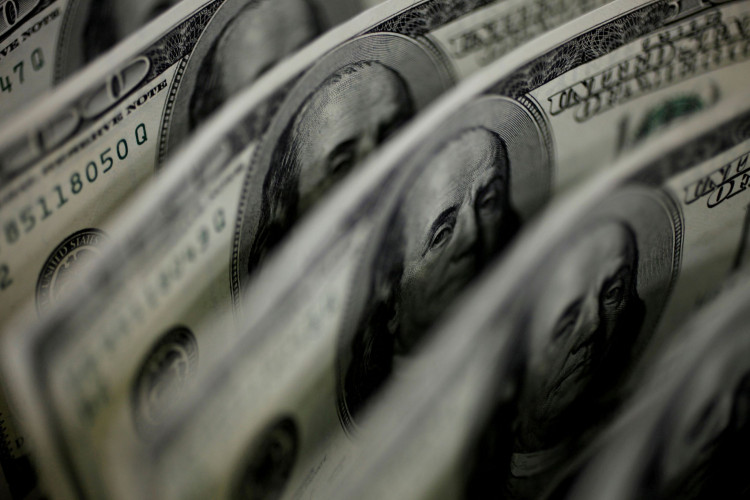The U.S. dollar index plunged to a two-and-a-half-month nadir on Monday, continuing its descent from the previous week, amid growing investor conviction that the Federal Reserve's interest rate hiking cycle may have reached its peak. This sentiment is bolstered by recent economic indicators pointing to a slowdown in the U.S. economy and inflation pressures, albeit without signaling an imminent steep recession.
In trading, the dollar index, a measure against a basket of currencies, dropped to 103.37, its weakest since early September. This fall extends last week's nearly 2% slump, marking its largest weekly percentage decline since mid-July. Market participants are now focusing on when the Fed might initiate rate cuts, with current predictions indicating a more than 50% likelihood of at least a 25 basis point reduction by May 2023, according to CME's FedWatch Tool.
Joseph Trevisani, a senior analyst at FXStreet.com, noted, "The market is convinced that the Fed has finished raising rates, but the Fed is not willing to say so. You're getting a gradual weakening in the dollar, simply because the Fed is doing its best to prop up rates, not necessarily the dollar, but to prop up rates."
Recent economic data, such as the Conference Board's October leading economic indicator showing a 0.8% decline, reinforce the narrative of a slowing economy. Meanwhile, the euro surged to $1.0952 against the softer dollar, reaching its highest since mid-August, and the yen firmed to a 6-1/2 week high of 148.09 per dollar.
Investors are also weighing comments from Federal Reserve officials. Richmond Federal Reserve President Thomas Barkin warned that inflation is likely to remain "stubborn," necessitating higher interest rates for longer than many anticipate.
Looking ahead, the release of the minutes from the Fed's latest meeting is highly anticipated, as market participants will scrutinize the central bank's policy trajectory. The weakening dollar is reflective of a broader reassessment in financial markets, with investors adjusting their outlooks on the pace and extent of future rate hikes.
The Week Ahead for the Dollar
Market focus this week will include the release of the Federal Open Market Committee (FOMC) November minutes, providing further insight into the Fed's decision-making process. The minutes' release, alongside other economic data points such as October's Durable Goods Orders and November's S&P PMIs, could further influence the dollar's trajectory.
Technical analysis indicates that the U.S. Dollar Index (DXY) is currently exhibiting a bearish bias, with increasing selling pressure. The Relative Strength Index (RSI) is approaching oversold conditions, suggesting a potential upward correction might be on the horizon. The index remains below key moving averages, signaling continued bearish momentum.
Support and resistance levels are closely watched, with immediate support seen around 103.30, followed by 103.15 and 103.00. On the resistance side, levels to watch include 103.60, 104.20, and 104.50.
In conclusion, the U.S. dollar's decline reflects a complex interplay of economic data, market expectations, and Fed policy outlooks. As investors recalibrate their views on the Fed's future actions, the dollar's trajectory will continue to be a key barometer of broader market sentiment.






